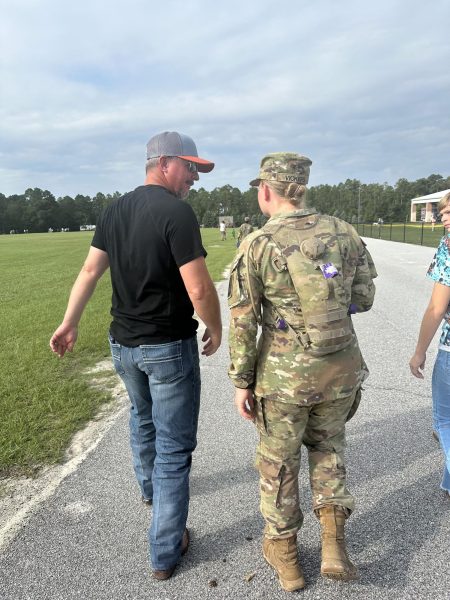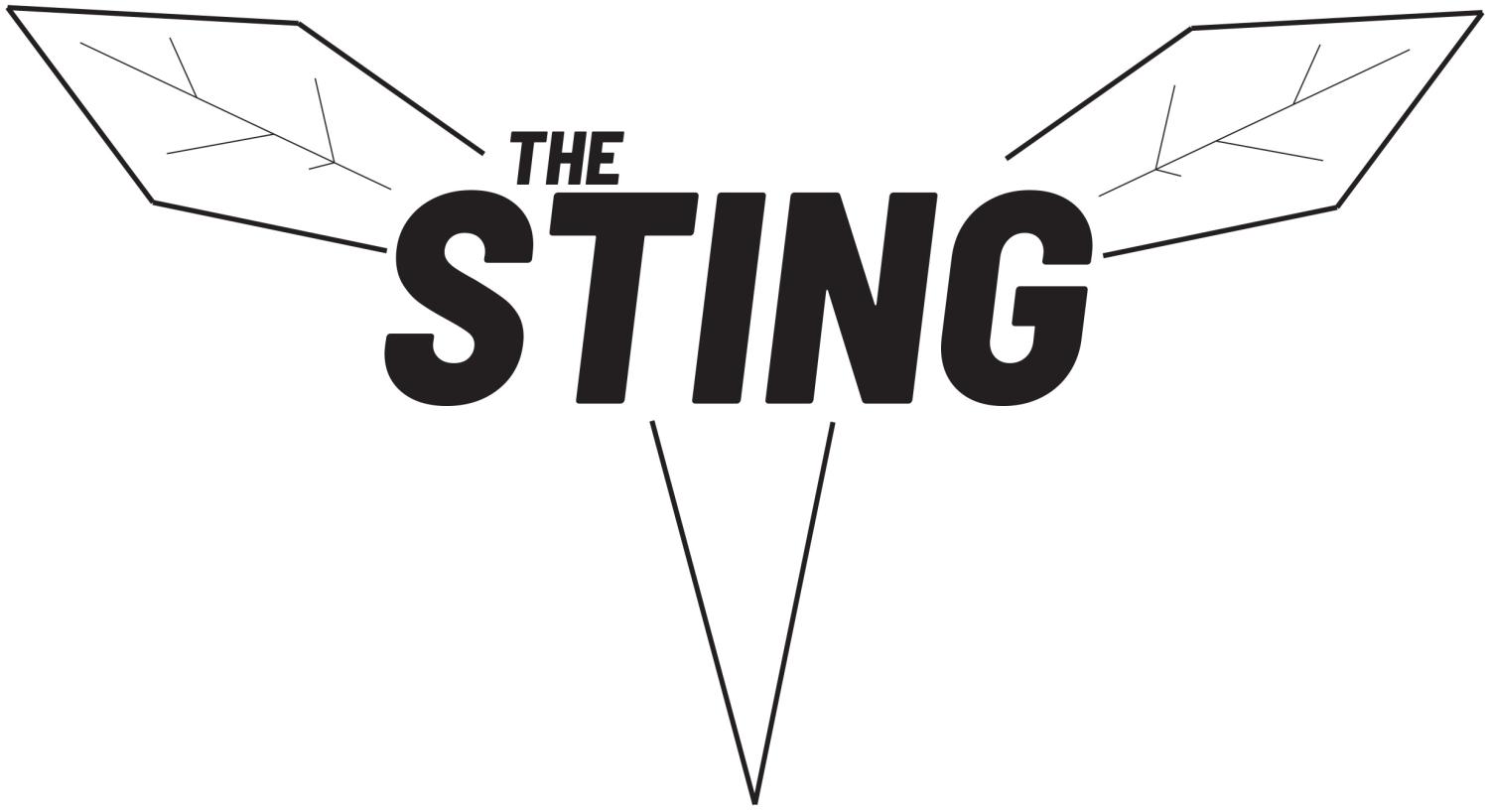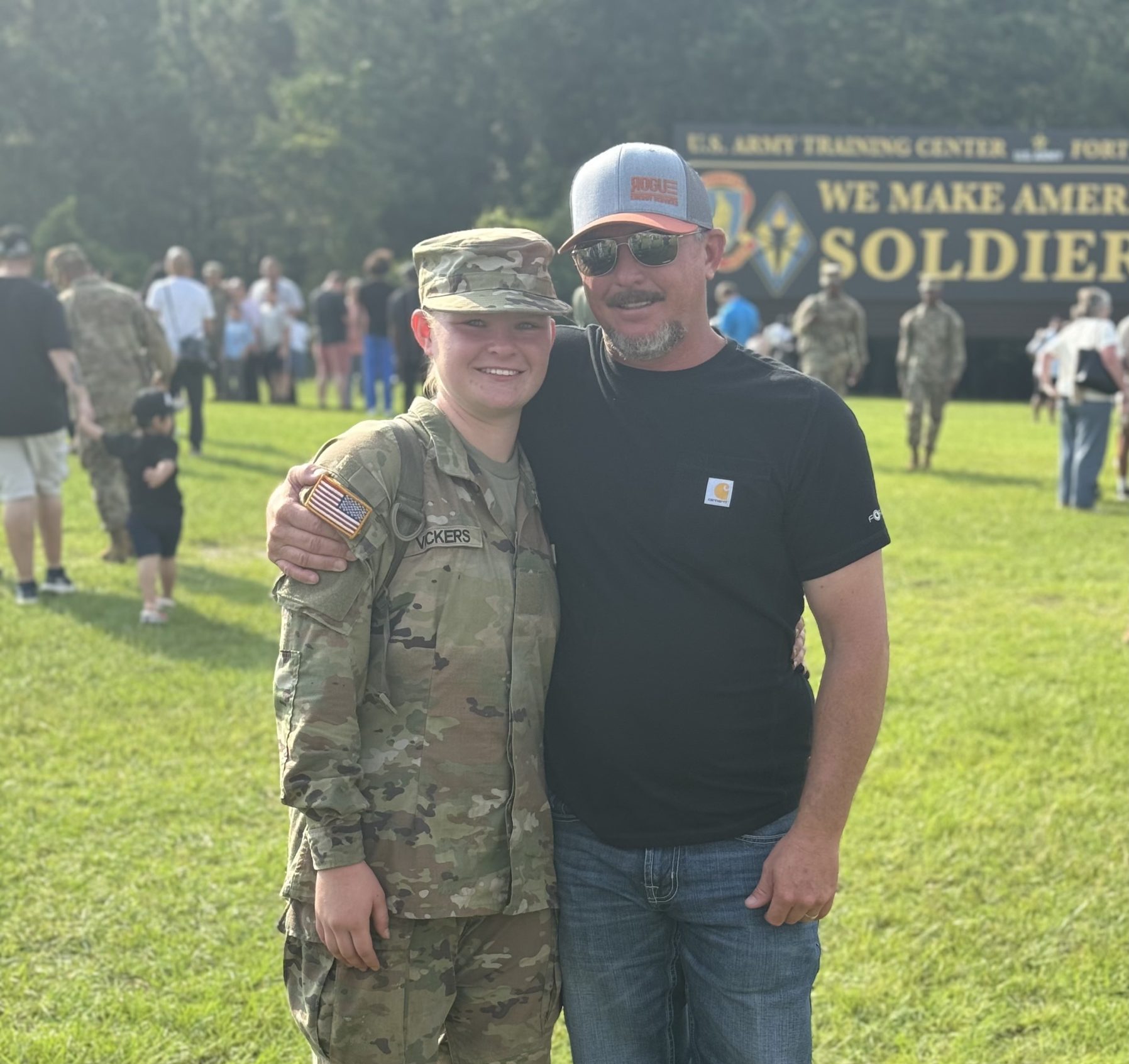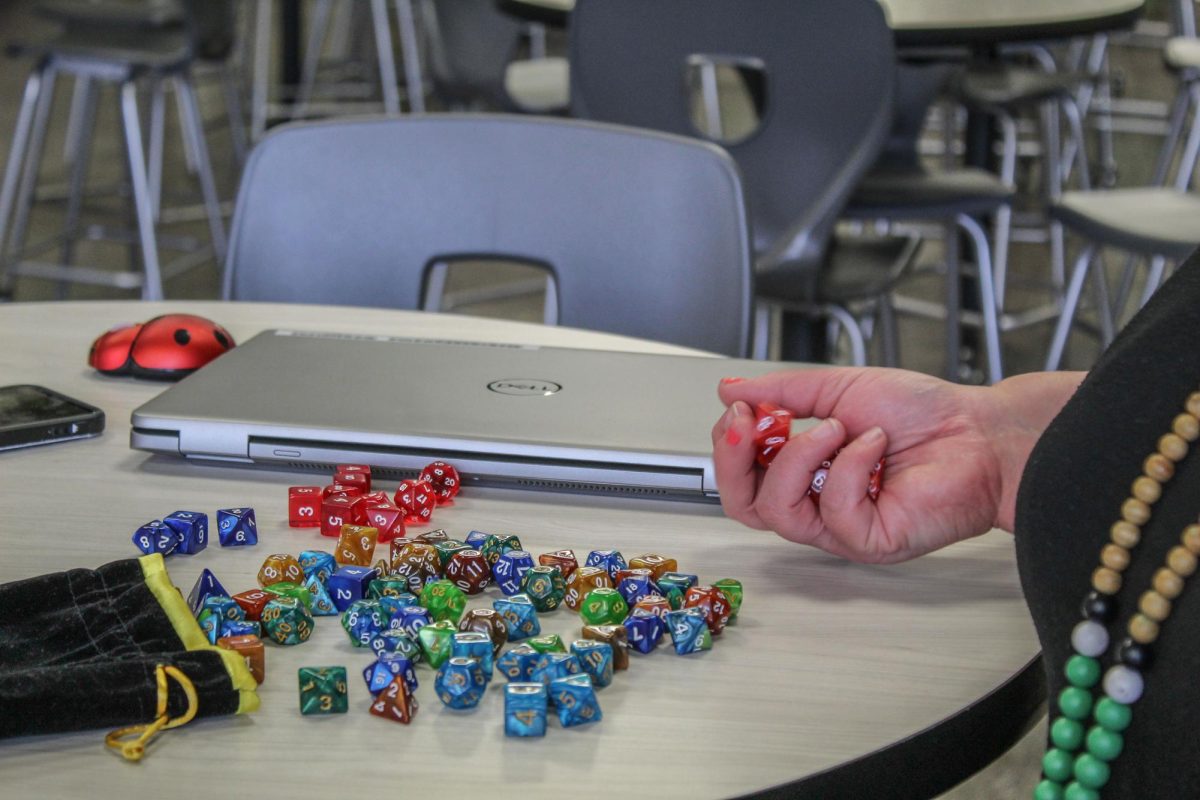“We got to throw a grenade,” senior Cheyenne Vickers said. “It was fun.”
For 10 weeks last summer, Vickers learned the “basics” of being a part of the U. S. Army through their Basic Combat Training, commonly known as boot camp. The training lasted from June 2 to Aug. 15 at Fort Jackson in South Carolina.
“I went into the army because I just like freedom, and being able to fight for people’s freedom is something that I’ve always wanted to do,” Vickers said.
Vickers is now in the Army Reserve and, once she graduates high school, is set to join the Army.
“She knows what she wants to do with her life,” welding teacher Josh Weston said. “She’s an outgoing person who wants things done right and has a good head on her shoulders.”

While most recruits complete boot camp after high school, Vickers said she wanted to go through her Basic Combat training early.
“I wanted to get my life figured out,” Vickers said. “Now I’m a step ahead of everyone and I have more benefits than a lot of people in the high school.”
At Basic Combat Training, Vickers went through three phases of training: red, white and blue. At the end of each phase, recruits had to complete a field event: the hammer, the anvil and the forge, respectively. Though all recruits go through these phases, the specific training they receive depends on the trade or role they will play while in the military.
“The trade I went in for, horizontal construction engineering, is a very easy trade,” Vickers said. “So if you wanted to go into more difficult or in-depth training, you could join the infantry.”
The U.S. Army’s website described a horizontal construction engineer as someone who “operates heavy construction equipment, assists Army engineers in analyzing construction site needs and transports heavy equipment from one site to another.”
Since Vickers hasn’t graduated high school yet, she will still need to do additional training over the school year.
“Until I graduate, I have to go to the Army Reserve base at Grand Prairie one weekend a month,” she said.
For those interested in joining the Army, Vickers recommends a lot of running, core workouts and pushups.
“I try to run two to three miles every day,” she said. “I also try to do a lot of abs and a lot of arms to try to keep me in shape.”
At the end of boot camp, recruits are also required to take the Army Combat Fitness Training (ACFT) assessment that the Army conducts to test recruits’ physical capabilities and make sure they’re up to Army standards.
“You’re ACFT scores actually do matter, so I would prepare for that,” Vickers said.
To those interested in enlisting, Vickers said: “Do it. Don’t hold back. A lot of people don’t get these opportunities, so I would definitely take the chance if you wanted to.”










